Gordon Spark it’s an African-American photographer. He lived a very difficult childhood and was a victim of racism and discrimination. At the age of 14, he lost his mother. Faced with obstacles he had to find a job. He becomes a singer, a piano player, a waiter,waiter, and semi-pro basketball player. He taught himself how to photograph at the age of 25.
He works as a photojournalist in fields such as fashion, sport, and social justice. Besides photography, he was also a composer, author, and filmmaker.
Apart from the beautiful way this artist captures portraits what impressed me the most it’s his humanity.
The Fontenelles at the Poverty Board (1967) is one of my favorite portraits. I find it very remarkable that he takes the time to know the family. He spends time with them before photographing the family. The Fontenelle family portraits exude a very strong emotion. Beyond that, it seems to me that the subjects are comfortable around Gordon Park. Their body posture, the emotion in their eyes everything seems natural. It’s as if no camera is in front of them.
I fell in love with this artist for several reasons. First, as a black woman, I can associate myself with the theme and issue he addresses particularly those concerning discrimination. Gordon Park has an authentic and realistic way of telling and capturing his subject. The portraits tell a story without using words.
Additionally, the black and white effect increases the beauty of the portraits. I value his personality and mission. He was passionate and loved photography. He was actively involved in his community. He co-founded a foundation in 2006 with his longtime friend Philip B. Kunhardt, Jr.
Technically his portraits are unified. The white sides of the image are very white and bright. And the black sides are very well defined. There is an equal balance between the use of white and black.

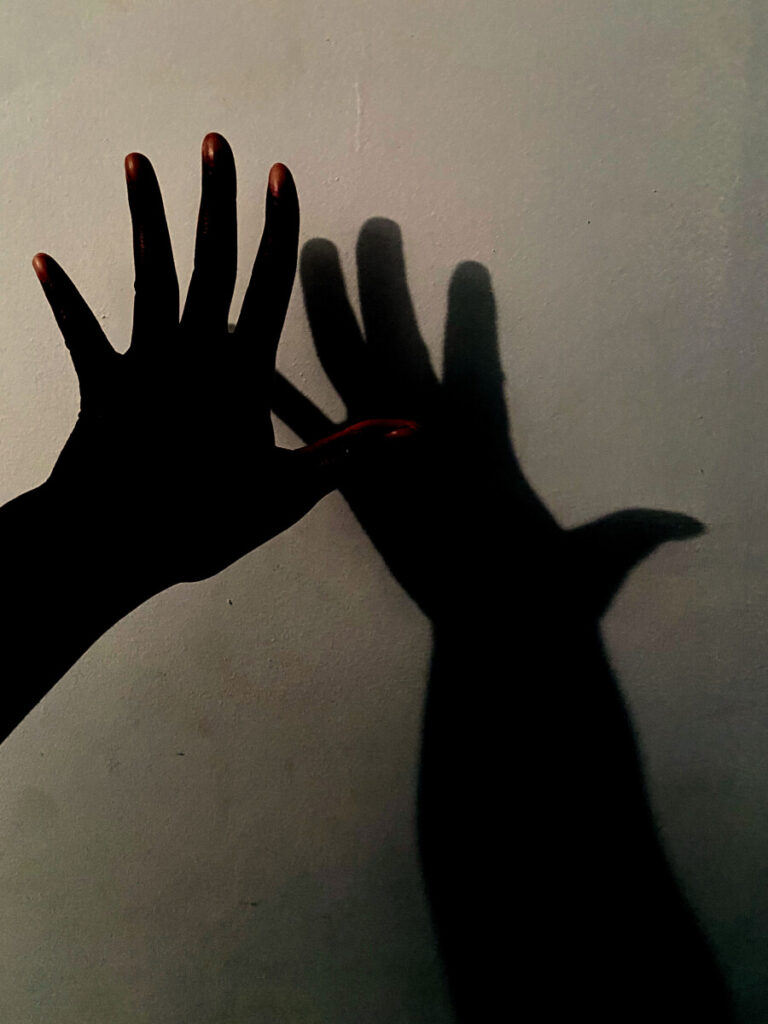
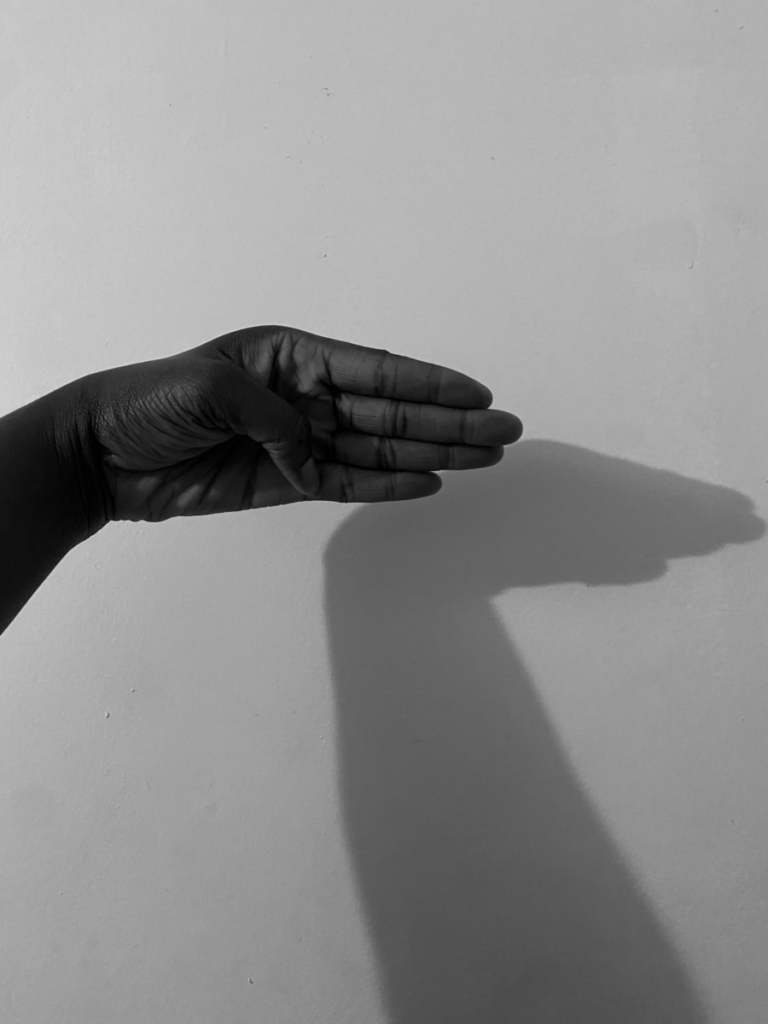
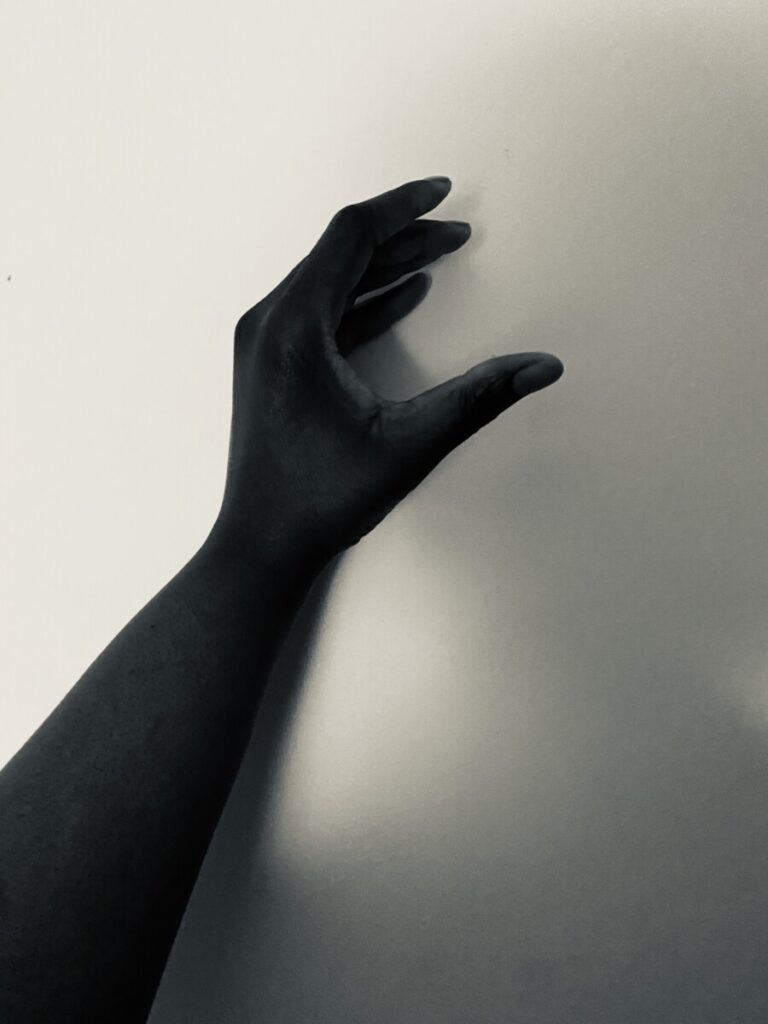
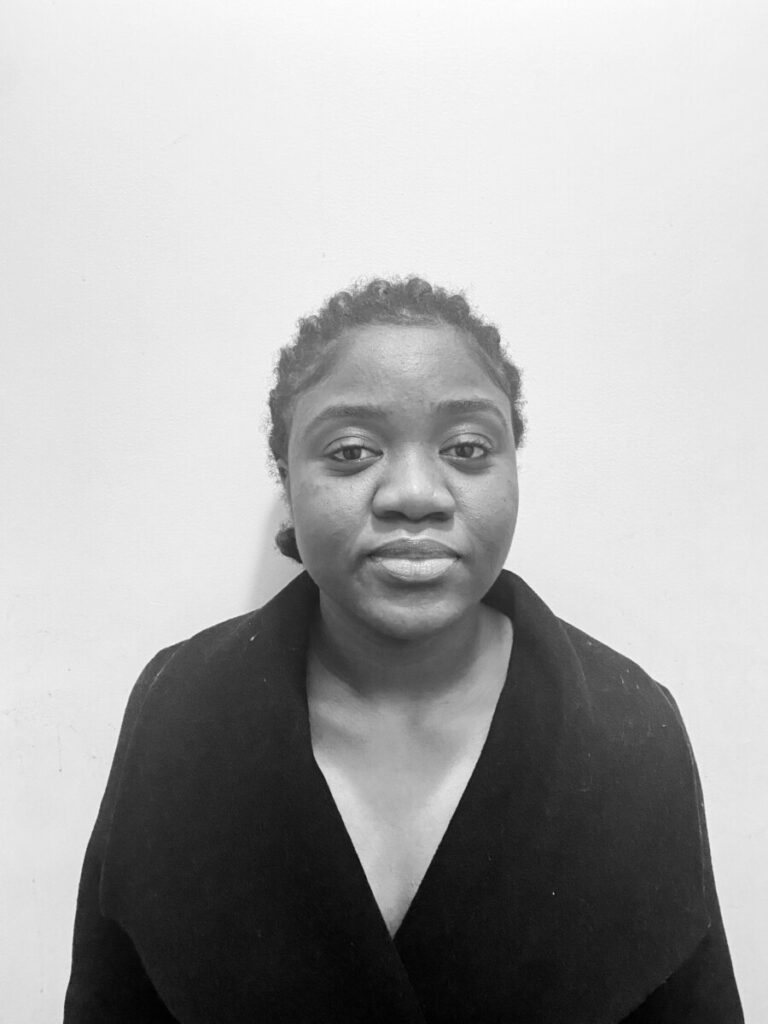
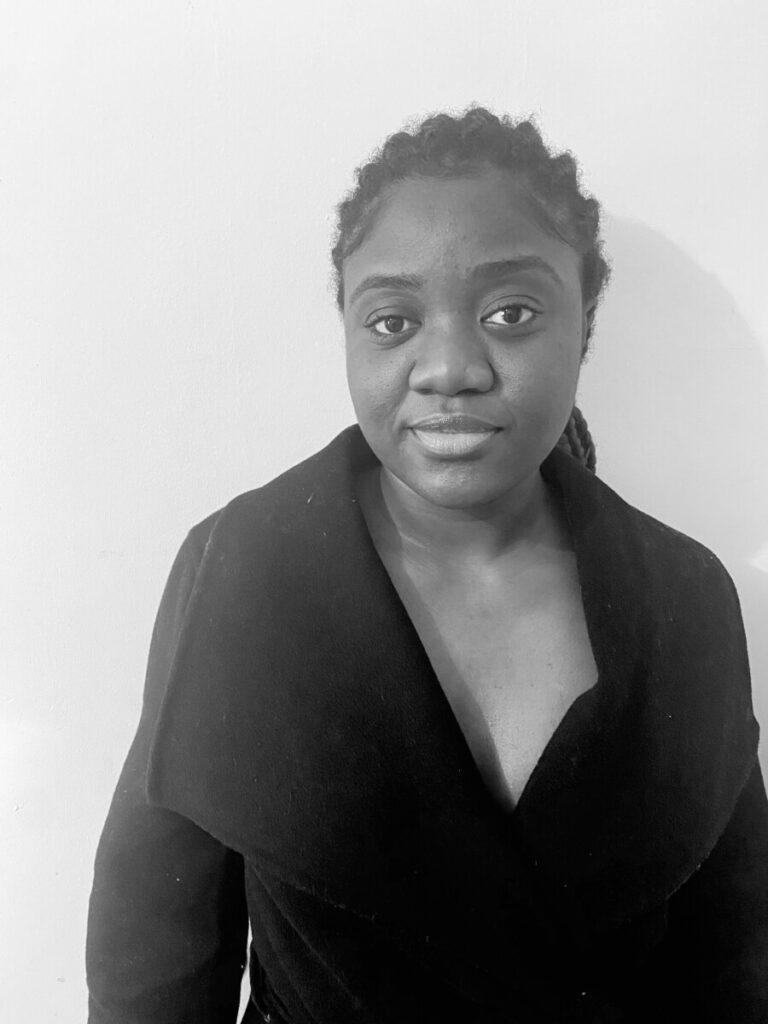
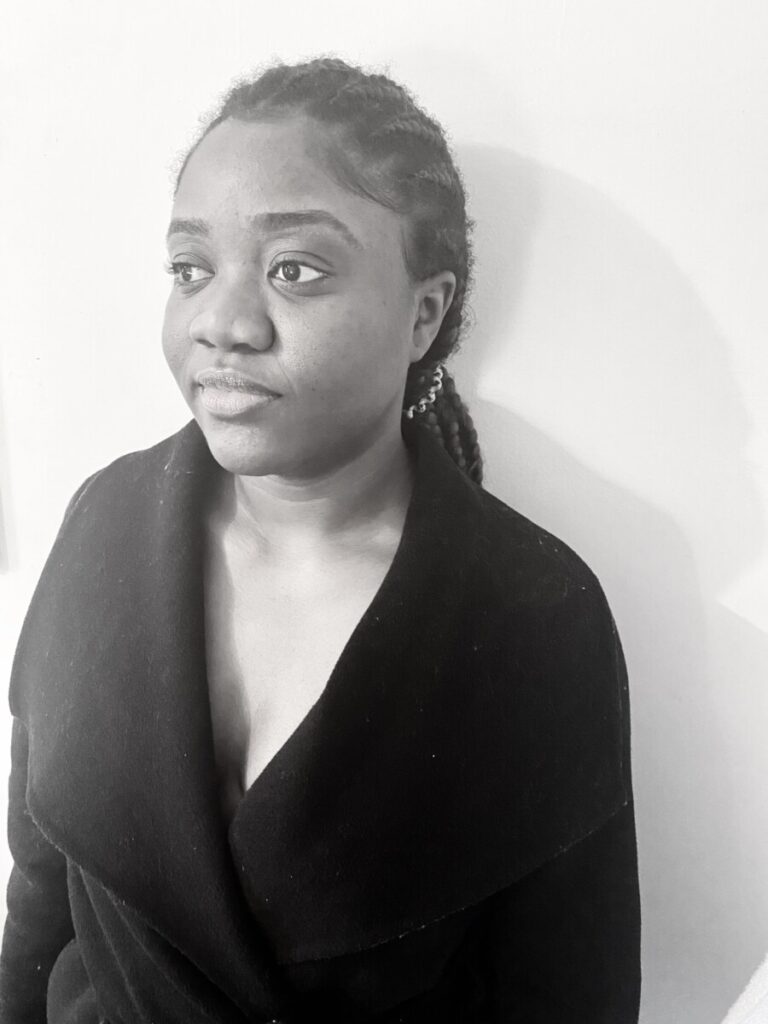






Leave a Reply